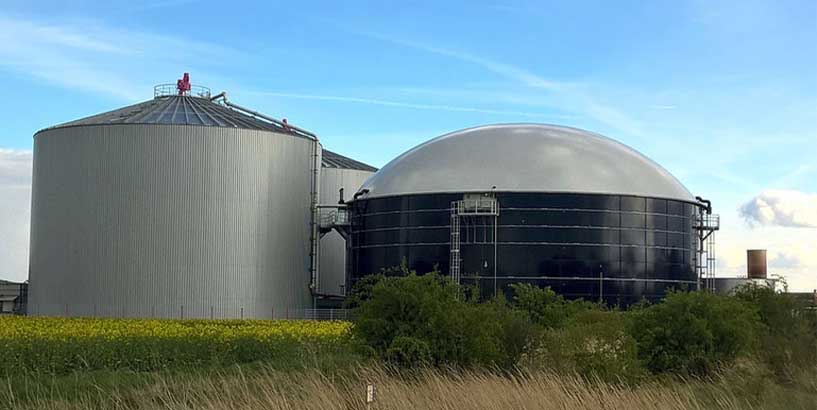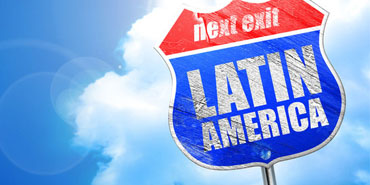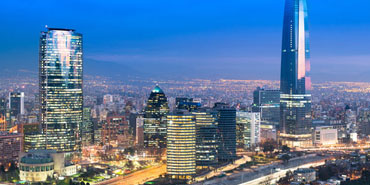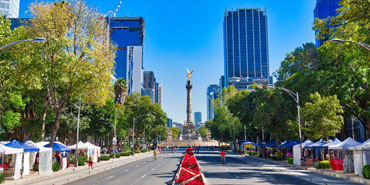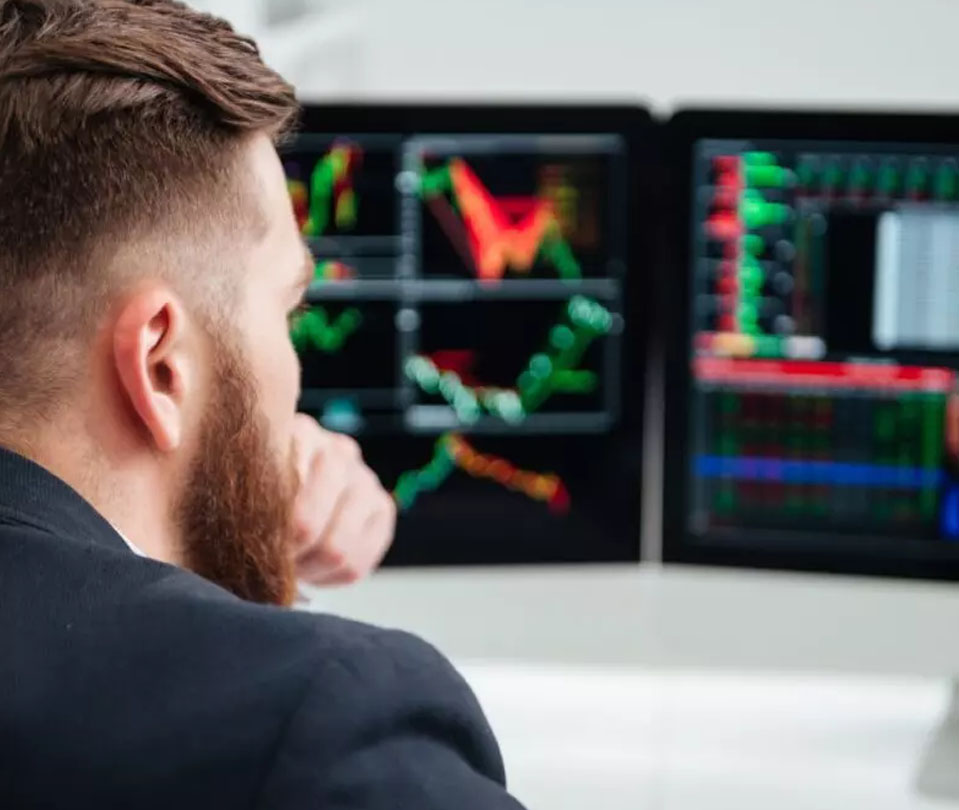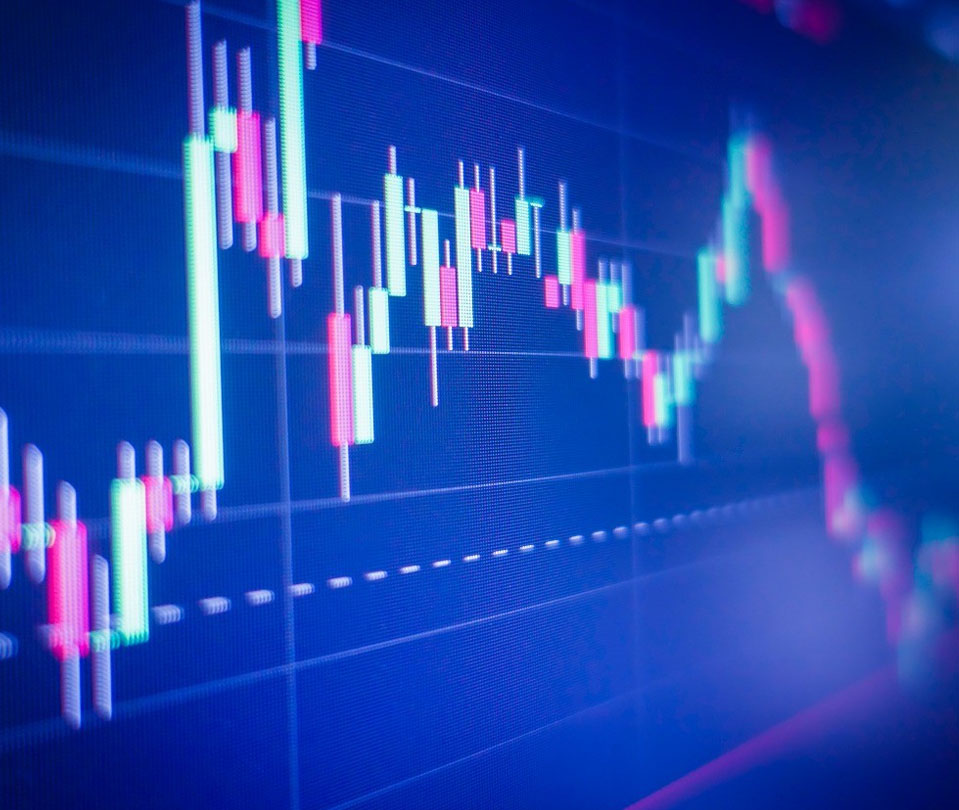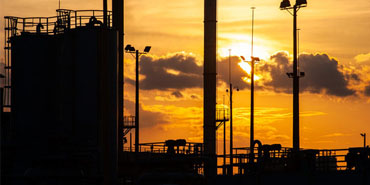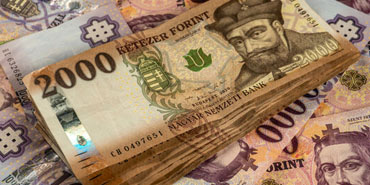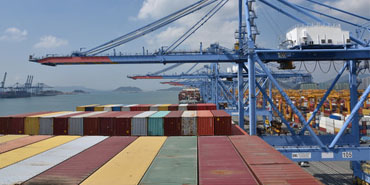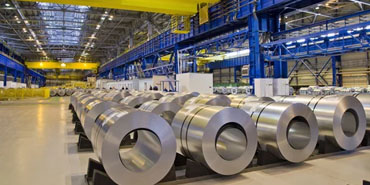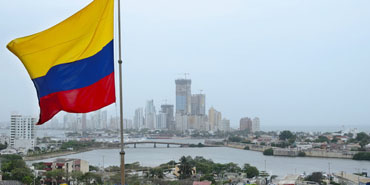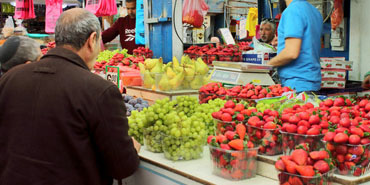Parex is a Canadian firm focused on sustainable, profitable, conventional oil and gas production. The firm’s headquarters is located in Calgary, Colombia, and most of its revenues are denominated in United States dollars (USD).
As a gas and oil producer, the firm is constantly seeking for new regions to deploy its operations. As a result, at the beginning of June the firm announced the establishment of an agreement with Ecopetrol. The agreement stipulates that both Ecopetrol and Parex will earn 50% of the profits made by the operations in Arauca.
Coupled with this new project, the firm reported solid results at the end of June.
In this quarter, the average production of the firm stood at 43,900 barrels of oil equivalent per day (boe/d), consisting of 5,881 barrels per day (bbls/d) of light crude oil and 36,308 (bbls/d) of heavy crude. Regarding gas production, the firm produced about 10,266 thousand cubic feet per day (mcf/d) of conventional natural gas.
Notwithstanding the temporary restrictions in transportation due to the social and political demonstrations, the company did not experience significant losses.
When we think about 2020, the first thing that comes to mind is the pandemic. Nevertheless, at the beginning of March, Arabia Saudita and Russia began a price war, in which the oil barrel was deeply affected. In this quarter, the normalization of the barrel’s price implied better conditions and therefore better revenues.
The average Brent price amounted to 69.08 ($/boe), implying an advance of 106% compared to the last year. If the context is missing, this could be a tricky number.
Operating netback is a term used to describe net profit in the oil and gas industry. This concept reached a total of USD 41.29 per barrel of oil equivalent (boe). In the same way, funds flow provided by operations increased vis-á-vis the previous quarter, ending up at USD 32.02 per barrel of oil equivalent.
Funds flow provided by operations as a whole closed at USD 131.6 million, an increase of 239% in comparison to the same quarter last year. This increment is mostly a product of the comparison base. However, the concept did have real growth compared to the previous quarter this year. Funds flow increased 5% set against the first quarter of 2021.
Net income increased from USD 47.5 million in the first quarter of 2021 to 91.7 million, translating into an advance of 93.1%. The concept also showed a significant improvement in comparison to the same period last year, where net income barely amounted to USD 19.2 million. Net income improvement can also be seen as an advance of approximately 94% on a per basic share compared to the previous quarter.
Capital expenditures (CapEx) amounted to USD 44.8 million, representing an increase of 5.2 million compared to the previous quarter. After considering CapEx for this period, free cash flow ended at USD 86.8 million.
Regarding its balance sheet, the firm ended up with total assets of USD 1.5 billion, representing an increase of 4% compared to the same period last year. Likewise, total liabilities closed at 242.3 million, representing an increase of 20% versus December 31, 2020.
As can be seen, total assets surpassed by a landslide the firm’s obligations. If liquidity ratios such as current ratios or quick ratios were calculated, they would prove that the firm’s liquidity is extremely good.
Parex continued with its stock buyback program and purchased 4,212,315 shares for a total cost of USD 75.9 million. Most of the free cash flow was used to continue with the company’s normal course issuer bid program (NCIB). As a result, basic shares outstanding decreased about 20% in comparison to June 30, 2018, where it amounted to 155.5 million shares.
In a press release dated July 7, 2021, the firm disclosed the implementation of a quarterly dividend program in which the board of directors approved the dividend payment of 0.125 Canadian dollars per share. The application of this program will begin on September 30, 2021.
With this announcement, Parex reiterated its commitment to shareholders and believes this decision, coupled with the stock buyback program, proves it.



